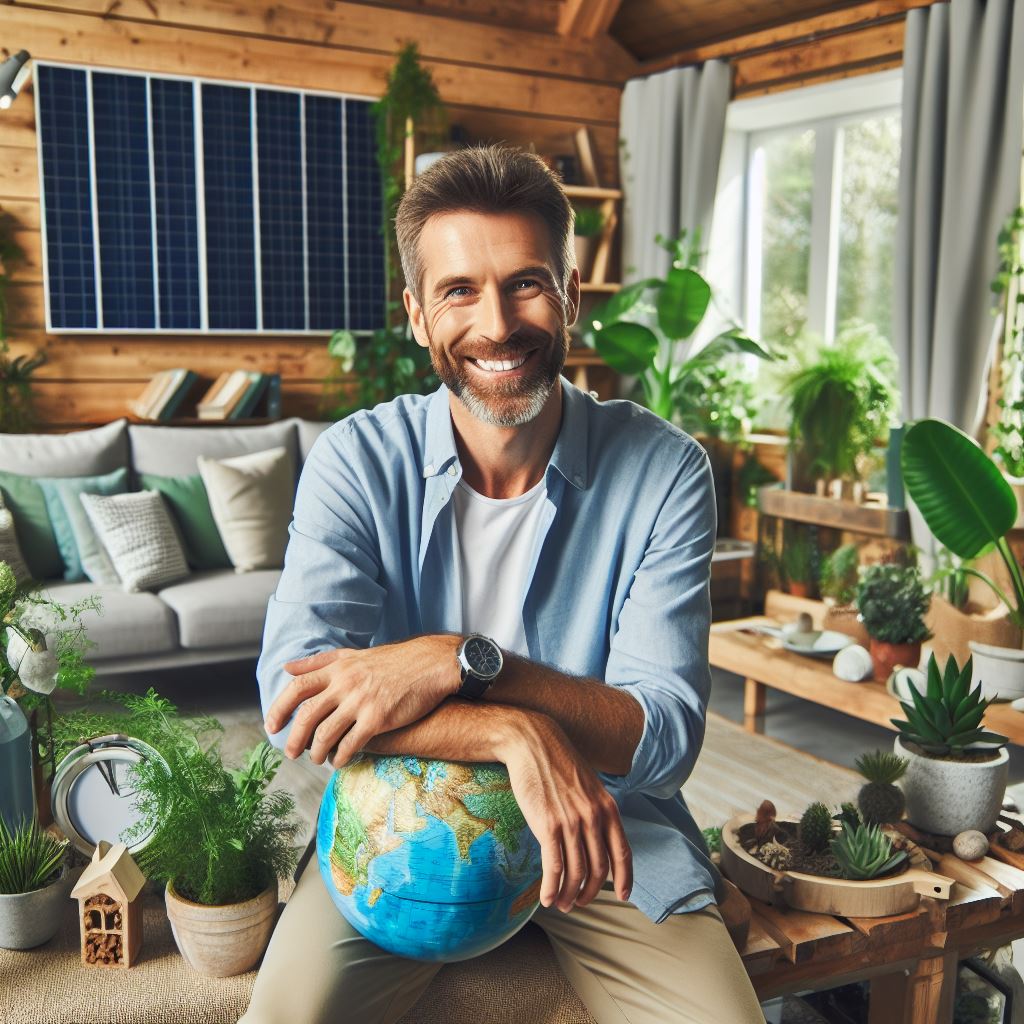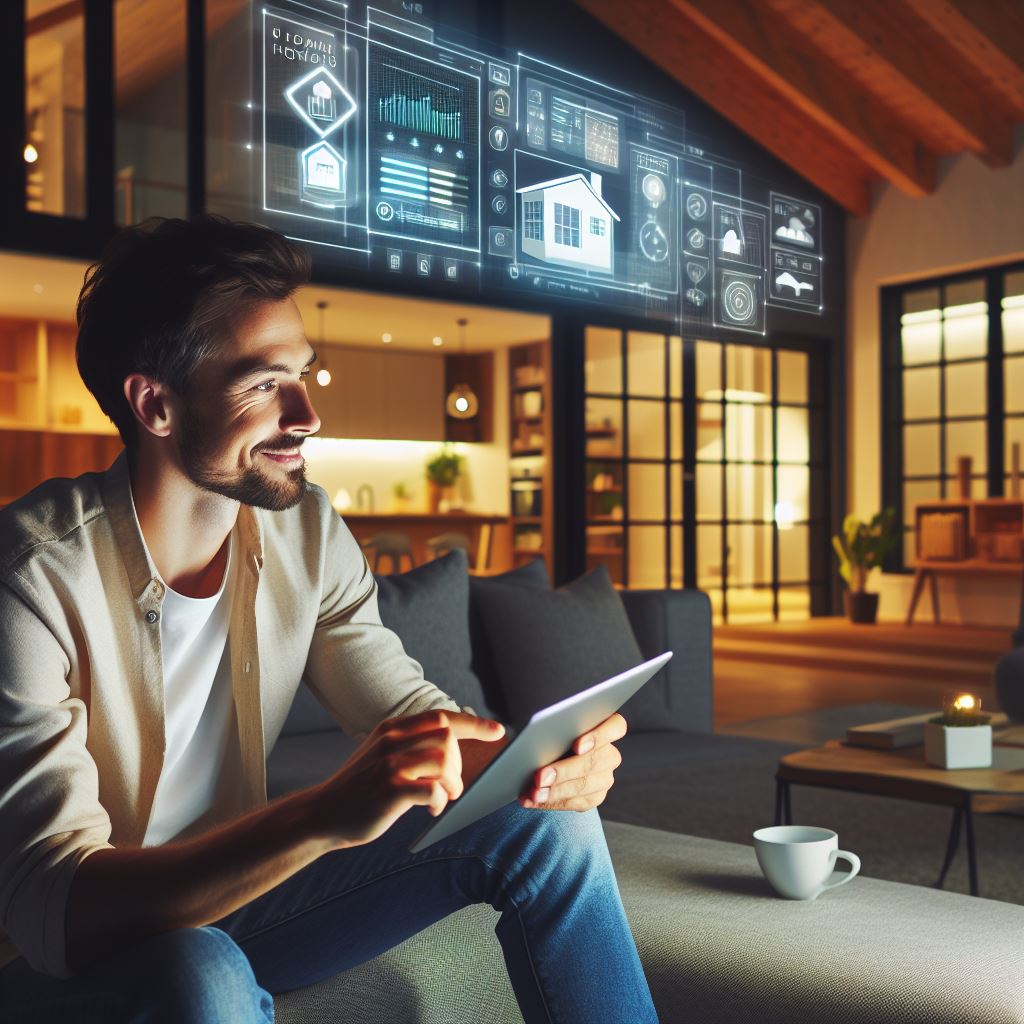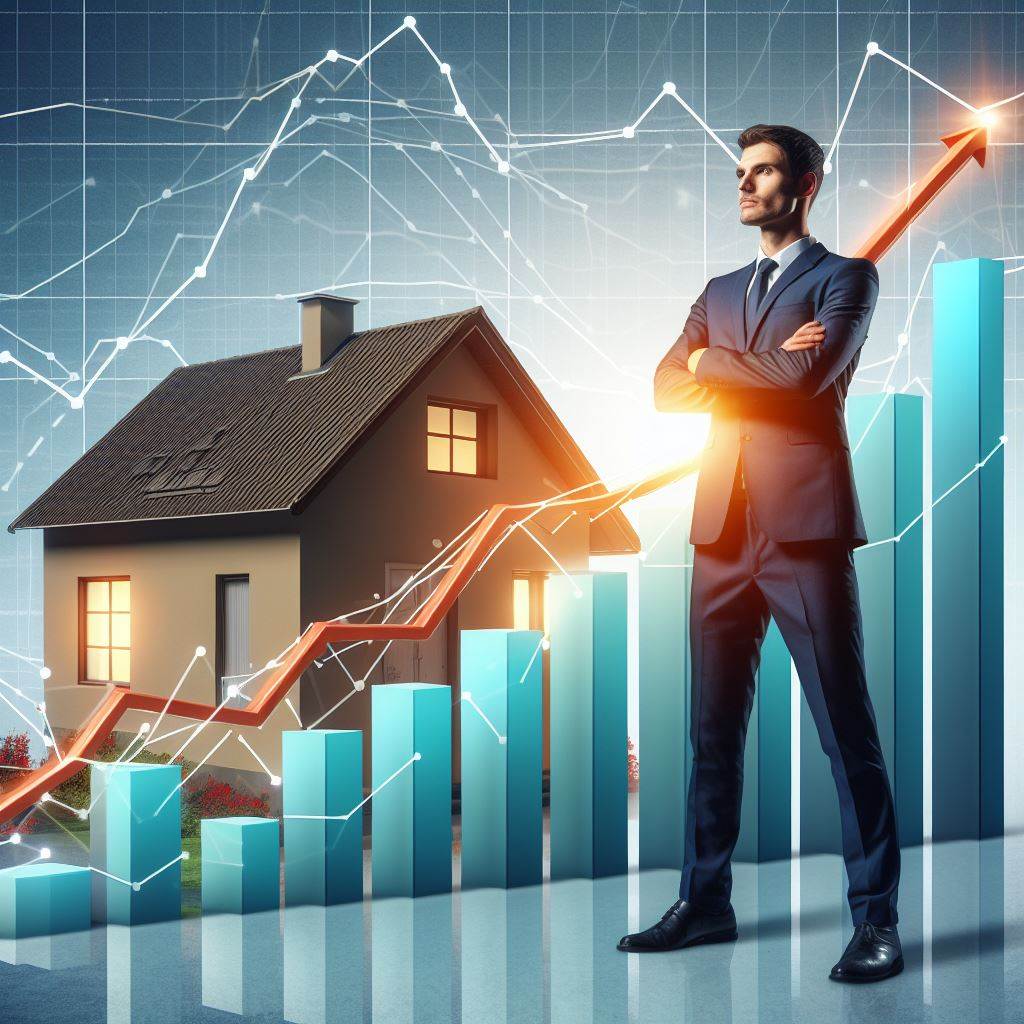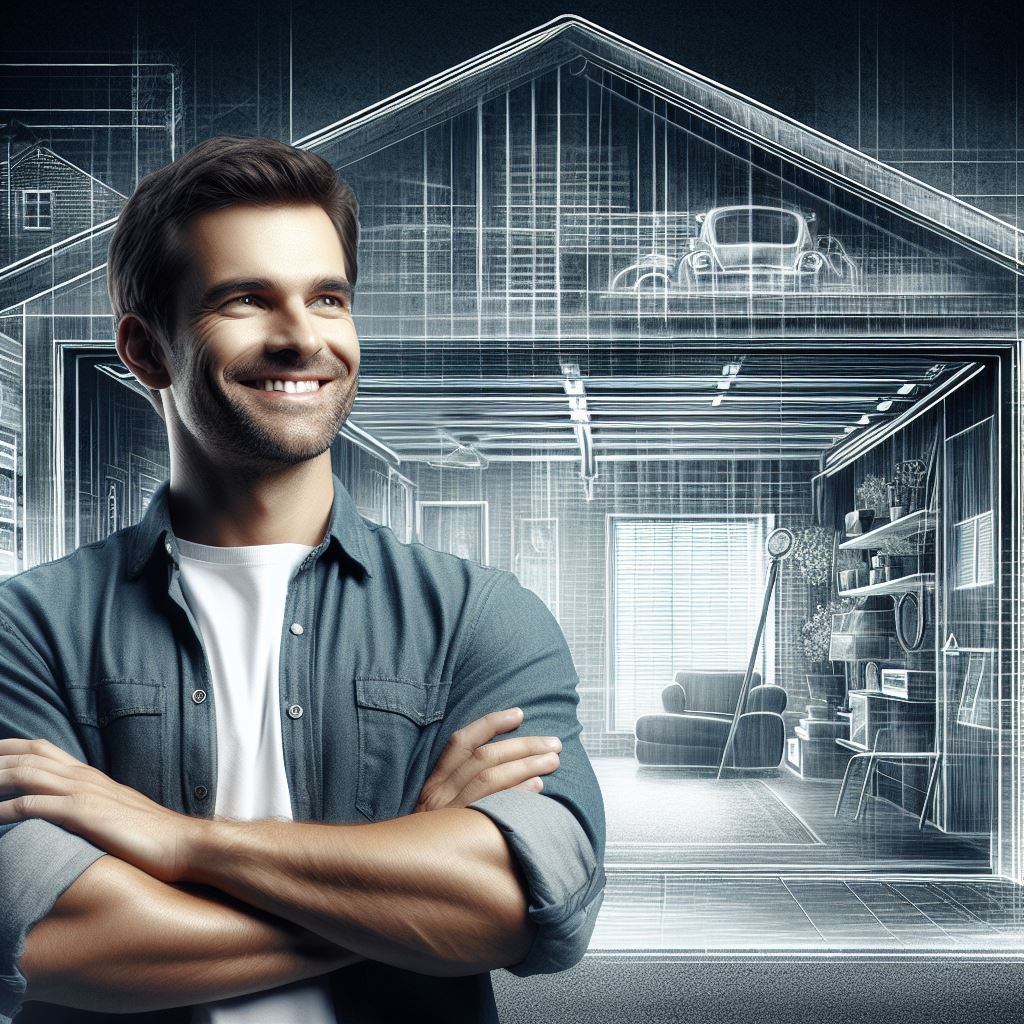Introduction
Eco Friendly Renovations Trends: As our world grapples with environmental challenges, the concept of eco-friendly renovations has emerged as a beacon of hope in the realm of real estate.
In this post, we delve into the essence of eco-friendly renovations, exploring their definition and unraveling the critical role they play in revolutionizing the real estate sector.
Eco-friendly renovations, often referred to as green renovations, are a transformative approach to enhancing living spaces while minimizing their environmental impact.
These renovations prioritize sustainability, energy efficiency, and the use of eco-conscious materials.
From upgrading insulation to installing energy-efficient appliances, the goal is to create spaces that not only cater to the needs of the present but also ensure a harmonious coexistence with the planet for future generations.
In the realm of eco-friendly renovations, innovation takes center stage.
Homeowners are embracing cutting-edge technologies that harness renewable energy sources, such as solar panels and geothermal systems, to power their homes.
The integration of smart home systems adds an extra layer of efficiency, allowing for precise control over energy consumption and resource utilization.
The real estate sector stands at the forefront of global environmental impact, accounting for a significant portion of energy consumption and waste generation.
Recognizing this, the importance of eco-friendly renovations cannot be overstated.
Firstly, eco-friendly renovations contribute to the reduction of carbon footprints associated with buildings.
Energy-efficient upgrades, such as LED lighting and high-performance windows, decrease energy consumption, mitigating the environmental toll of traditional building practices.
Secondly, these renovations enhance property values.
As sustainability becomes a key criterion for homebuyers, eco-friendly features, from energy-efficient appliances to green roofs, make a property more attractive and valuable in the market.
Moreover, governments and municipalities are increasingly offering incentives for eco-friendly renovations, ranging from tax credits to grants.
This not only supports homeowners in their sustainability endeavors but also fosters a broader societal shift towards environmentally conscious living.
In fact, eco-friendly renovations represent a pivotal post in the evolving narrative of the real estate sector.
By embracing sustainability, homeowners and industry players alike pave the way for a greener, more resilient future, where the spaces we inhabit are in harmony with the planet.
Energy-Efficient Appliances and Systems
Renovating your home with an eco-friendly mindset goes beyond aesthetics; it’s about embracing sustainable practices for a greener future.
In this section, we explore the realm of Energy-Efficient Appliances and Systems, an integral aspect of eco-friendly renovations.
Advantages of Energy-Efficient Appliances
Switching to energy-efficient appliances not only contributes to a healthier planet but also offers numerous advantages for homeowners.
Reduced energy consumption leads to lower utility bills, making it a financially savvy choice in the long run.
Moreover, these appliances often boast advanced features, enhancing overall functionality and convenience.
Top Trends in Eco-Friendly Appliances for Renovations
- Smart Thermostats for Optimized Energy Consumption: The rise of smart technology has paved the way for innovative solutions in home climate control. Smart thermostats, equipped with artificial intelligence, learn your preferences over time and optimize your heating and cooling systems accordingly. This not only ensures a comfortable living environment but also minimizes unnecessary energy usage, reducing your carbon footprint.
- Energy-Efficient Refrigerators and Dishwashers: Renovating your kitchen? Consider upgrading to energy-efficient refrigerators and dishwashers. Modern designs incorporate advanced insulation and compressor technologies, ensuring optimal temperature regulation while consuming less energy. Additionally, dishwashers with sensors can adjust water usage based on the load size, further contributing to resource conservation.
- Solar-Powered Water Heaters: Harnessing the power of the sun, solar-powered water heaters are gaining popularity in eco-friendly renovations. These systems use solar panels to absorb sunlight and convert it into energy, providing an eco-friendly alternative to conventional water heaters. Not only do they significantly reduce energy consumption, but they also qualify for various green energy incentives, making them an economically viable choice.
As you embark on your eco-friendly renovation journey, prioritize these trends in energy-efficient appliances and systems.
Not only will you be reducing your environmental impact, but you’ll also enjoy the benefits of lower utility bills and a home that aligns with a sustainable future.
Embrace these innovations, and let your renovation project be a testament to the harmony between modern living and environmental responsibility.
Read: Roofing Projects: Permitting Essentials
Sustainable Building Materials
In the realm of eco-friendly renovations, the choice of building materials plays a pivotal role in crafting a sustainable living space.
This section delves into the benefits of using sustainable building materials and highlights some popular choices for environmentally conscious homeowners.
Benefits of using sustainable building materials
Opting for sustainable building materials isn’t just a trend; it’s a commitment to a greener, healthier future.
These materials offer a myriad of benefits, starting with their reduced environmental impact.
Sustainable materials are often sourced responsibly, minimizing deforestation and promoting biodiversity.
Additionally, they boast energy efficiency, helping homeowners reduce their carbon footprint.
The longevity of these materials also means less frequent replacements, contributing to a more sustainable, circular economy.
Popular eco-friendly materials for renovations
Bamboo flooring for a sustainable and durable option
Bamboo, a rapidly renewable resource, takes the spotlight as a flooring option that blends sustainability with durability.
Its quick growth and natural resilience make it an excellent alternative to traditional hardwood.
Bamboo flooring not only looks stylish but also withstands the test of time, making it a smart choice for eco-conscious homeowners seeking a long-lasting solution.
Recycled glass countertops for an eco-friendly kitchen upgrade
Elevate your kitchen’s aesthetic while making an eco-friendly statement with recycled glass countertops.
These countertops are composed of recycled glass chips embedded in a binder, resulting in a stunning mosaic-like surface.
Beyond their visual appeal, recycled glass countertops divert waste from landfills, making them a fantastic choice for environmentally responsible kitchen renovations.
VOC-free paints for reducing indoor air pollution
Traditional paints release volatile organic compounds (VOCs) into the air, contributing to indoor air pollution.
Opting for VOC-free paints during renovations ensures that your living space remains healthy and free from harmful emissions.
These paints are not only environmentally friendly but also come in a diverse range of colors, allowing you to express your style while prioritizing the well-being of your home environment.
In essence, sustainable building materials are the cornerstone of eco-friendly renovations.
By embracing options like bamboo flooring, recycled glass countertops, and VOC-free paints, homeowners can transform their spaces into havens that resonate with both style and environmental consciousness.
Read: Hidden Costs in Historic Home Renovations

Water Conservation Strategies
Importance of water conservation in eco-friendly renovations
Water conservation is crucial in eco-friendly renovations for both environmental and cost-saving reasons.
By implementing water-saving strategies, homeowners can minimize their ecological footprint and reduce water bills.
Top trends in water-efficient fixtures and systems
Low-flow faucets and showerheads for reducing water consumption
One of the most effective ways to conserve water is by installing low-flow faucets and showerheads.
These fixtures restrict water flow without compromising pressure, resulting in significant water savings.
Greywater recycling systems for reusing water from showers and sinks
Greywater recycling systems collect water from showers and sinks, filter it, and store it for reuse in irrigation or toilet flushing.
This helps reduce reliance on freshwater sources and promotes sustainable water management.
Drought-tolerant landscaping options for outdoor water conservation
In regions with limited water resources, homeowners can choose drought-tolerant landscaping options.
These include native plants, succulents, and grasses that require minimal watering and can thrive in arid conditions.
Implementing these water-efficient fixtures and systems not only supports the conservation of a precious resource but also contributes to a more sustainable living environment.
By incorporating these trends into eco-friendly renovations, homeowners can make a positive impact on the planet.
Read: Balancing Modern Comfort & History
Green Roof and Living Wall Installations
Benefits of green roofs and living walls in eco-friendly renovations
Green roofs and living walls have become popular choices in eco-friendly renovations due to their numerous benefits.
- Improved Insulation: Installing a green roof can help improve the insulation of a building, reducing the need for heating and cooling.
- Reduced Stormwater Runoff: Green roofs can absorb rainwater, reducing the amount of stormwater runoff that overwhelms drainage systems and pollutes water bodies.
- Enhanced Air Quality: Living walls are an excellent way to enhance indoor air quality by filtering pollutants and releasing oxygen.
- Aesthetic Appeal: Green roofs and living walls provide a natural and visually pleasing element to any renovation project, creating a beautiful and calming environment.
- Biodiversity Promotion: These installations create habitats for various species, promoting biodiversity in urban areas.
Top trends in green roof and living wall installations
The following trends are gaining popularity in the installation of green roofs and living walls:
Benefits of Installing a Green Roof
Installing a green roof can significantly benefit a building and its surroundings.
The key advantages include improved insulation, reduced stormwater runoff, and reduced urban heat island effect.
Living Walls for Indoor Air Quality and Aesthetics
Living walls are not only visually appealing but also help improve indoor air quality by filtering out pollutants and releasing oxygen.
They can contribute to a healthier and more pleasant environment.
Innovative Planting Systems for Easy Maintenance and Sustainability
In recent years, innovative planting systems have been developed to make the maintenance of green roofs and living walls easier and more sustainable.
These systems use advanced irrigation and water management techniques to ensure the longevity of the installations.
Vertical Gardens for Small Spaces
With urban spaces becoming increasingly limited, vertical gardens have gained popularity as a way to maximize greenery in small areas.
These installations allow for the cultivation of plants in a vertical arrangement, providing greenery even in tight quarters.
Green Roofs as Recreational Spaces
Green roofs are no longer limited to being purely functional.
They are now being designed as recreational spaces, providing areas for relaxation, socializing, and even urban farming.
Integration of Solar Panels with Green Roofs
To maximize the eco-friendliness of a building, solar panels can be integrated with green roofs.
This combination allows for the generation of renewable energy while also providing the benefits of green roofs.
Modular Green Roofs for Easy Installation and Expansion
Modular green roofs are gaining popularity due to their ease of installation and expansion.
These pre-fabricated systems allow for quick and convenient installation, making them a cost-effective choice.
All in all, green roofs and living walls offer numerous benefits to eco-friendly renovations.
Their installation not only enhances insulation and reduces stormwater runoff but also improves indoor air quality and promotes biodiversity.
The top trends in green roof and living wall installations encompass a range of innovative techniques, from easy maintenance systems to vertical gardens in small spaces.
The integration of solar panels and the rise of recreational green roofs further demonstrate the versatility and eco-consciousness of these installations.
Read: Basement Renovations: Permits You Can’t Skip
Conclusion
As we’ve explored in this post, eco-friendly renovations are becoming increasingly popular in real estate.
Homeowners are opting for sustainable materials, energy-efficient systems, and smart technology to create environmentally-friendly living spaces.
One of the top trends we discussed is the use of recycled and reclaimed materials.
Not only do these materials reduce waste, but they also add a unique touch to a home’s design.
Homeowners are also incorporating energy-efficient appliances, such as solar panels and LED lighting, to reduce their carbon footprint and lower utility costs.
Another trend we explored is the integration of smart technology.
Home automation systems that control lighting, heating, and cooling are being adopted to optimize energy consumption.
Additionally, water-saving fixtures and systems, like low-flow toilets and rainwater harvesting systems, are gaining popularity as people aim to conserve water resources.
The future of eco-friendly renovations in the real estate industry looks promising.
As more individuals become environmentally conscious, the demand for sustainable homes will continue to rise.
With advancements in technology and increased awareness, we can expect to see even more innovative and energy-efficient solutions in the coming years.
Real estate professionals should consider incorporating eco-friendly features and renovations in their listings to attract environmentally-conscious buyers.
Investing in sustainable upgrades not only benefits the planet but also adds value to properties.
Embracing eco-friendly practices is not only a responsible choice but also a smart investment in the future of real estate.
In the end, eco-friendly renovations are a rising trend that aligns with the growing concern for environmental sustainability.
By adopting these top trends and making eco-conscious choices, homeowners and the real estate industry as a whole can contribute to a greener future.




